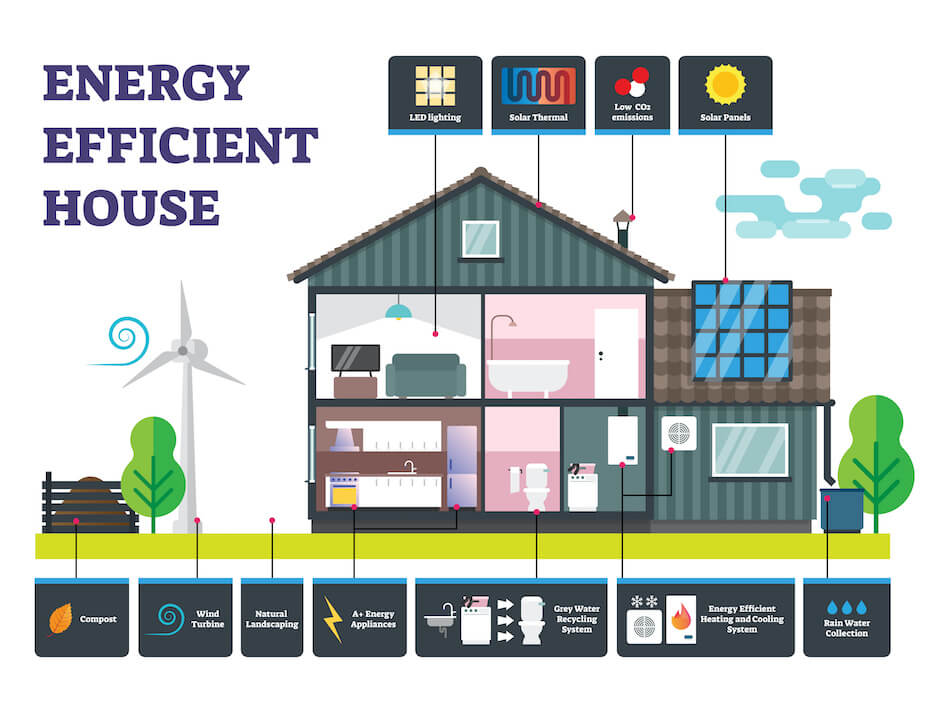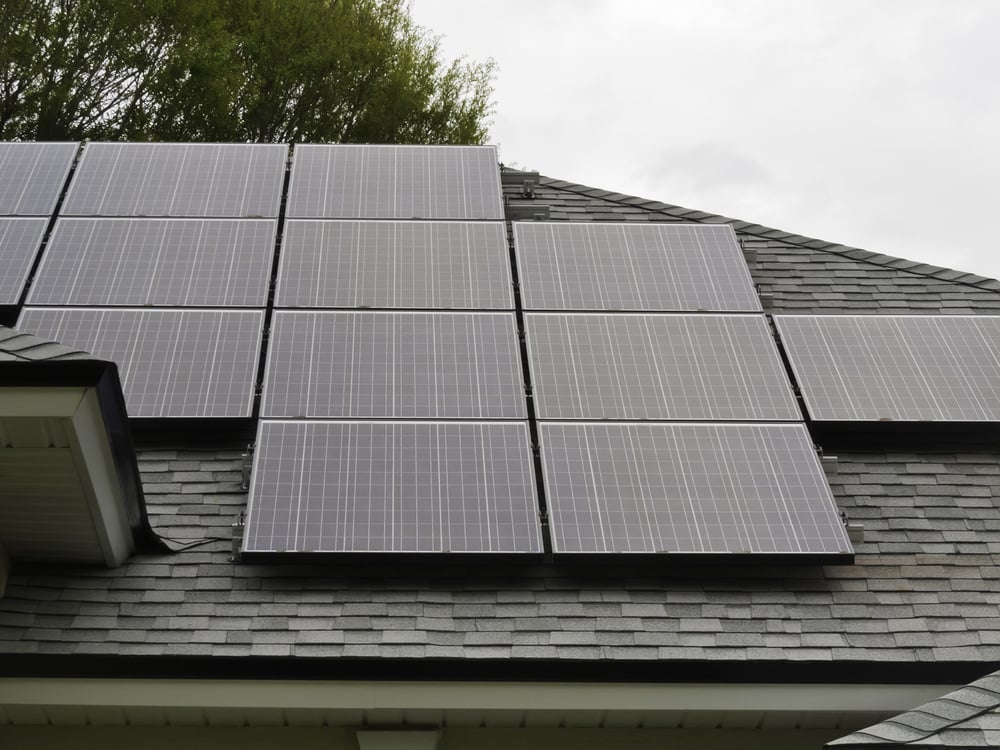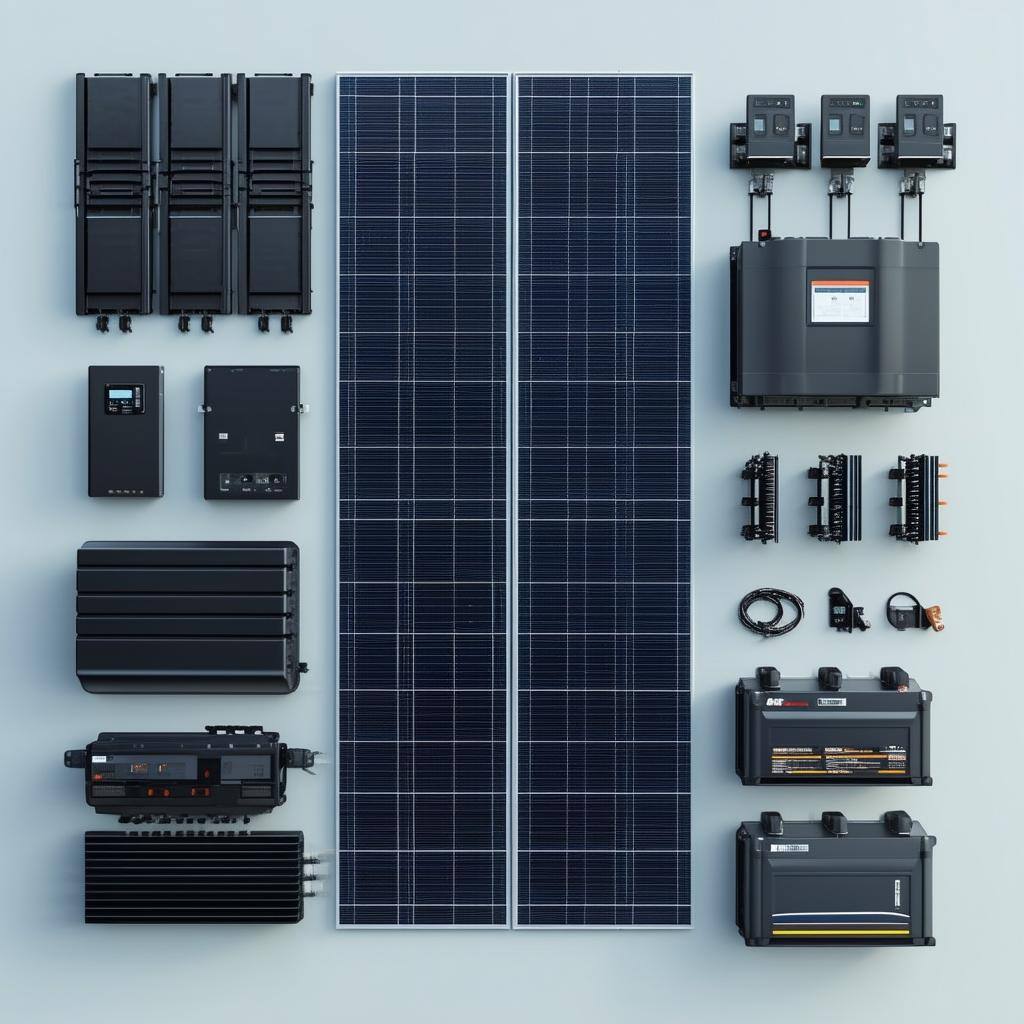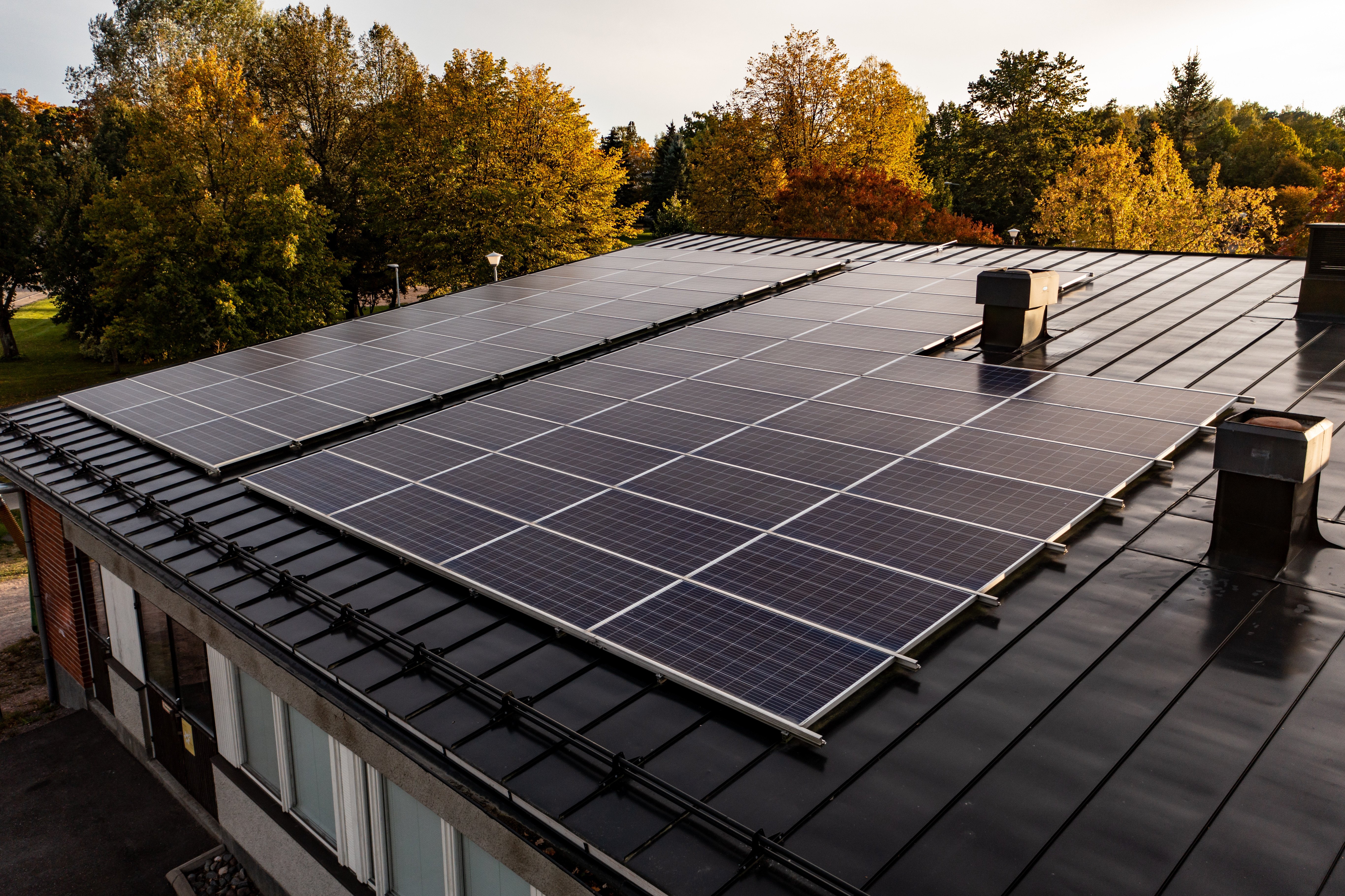Are Solar Panels Right for You? The Pros and Cons of Going Solar
So you’re thinking about going solar—great choice! Solar energy is a fantastic way to lower your bills, reduce your carbon footprint, and gain some...
6 min read
Peter Swenson : Oct 28, 2024 5:28:26 PM

Thinking about going solar? That’s an amazing step toward reducing your energy bills and making your home greener. But before you dive into solar panels and batteries, let’s talk about something that can make a massive difference to your solar investment—energy efficiency. By improving your home’s energy efficiency before adding solar, you’ll lower the amount of electricity you need and increase the ROI of your solar system.
When your home is energy efficient, you’ll need fewer solar panels to meet your energy needs, which can reduce the cost of going solar. Plus, it makes your home more comfortable, saves money on utilities, and helps the environment. In this guide, we’ll explore some key upgrades to make your home more energy-efficient, from insulation to smart appliances, and show you how these changes impact the size and effectiveness of your future solar system.
Before we get into specific upgrades, let’s look at why improving your home’s energy efficiency is such a smart move if you’re planning on going solar.
Lower Initial Investment: When your home uses less energy, you don’t need as large of a solar system to cover your electricity needs. Fewer panels mean lower installation costs, which translates to a higher ROI on your solar investment.
Long-Term Savings: Energy-efficient homes consume less power, which means you’ll save even more over the lifespan of your solar system. With efficiency improvements, your solar setup can provide an even bigger reduction in your utility bills.
Reduced Environmental Impact: Lower energy consumption means a smaller carbon footprint. By focusing on efficiency first, you’re taking an extra step to help the environment.
Energy efficiency and solar power go hand-in-hand. Let’s start with some of the top upgrades you can make to prepare your home for a successful solar system installation.
Energy efficiency begins with the basics. Improving your insulation, switching to energy-efficient lighting, and using a smart thermostat are all easy upgrades that can make a big impact on how much energy your home consumes.
Insulation is one of the most effective ways to reduce energy consumption in your home. Good insulation keeps warm air in during the winter and cool air in during the summer, reducing the need for heating and cooling.
Improving your insulation can reduce heating and cooling costs by up to 30%, which is a huge boost to energy efficiency and cuts down on how much energy your solar system will need to cover.
Lighting is an easy area to improve in terms of energy efficiency. Switching to LED bulbs can reduce energy consumption significantly compared to traditional incandescent bulbs.
Energy-efficient lighting is a small but meaningful step in reducing your home’s electricity needs and lowering the demand on your future solar system.
Heating and cooling account for a large portion of household energy use. A smart thermostat can learn your habits and automatically adjust the temperature when you’re not home, helping you save energy without any extra effort.
Smart thermostats can reduce your energy costs by about 10-15% annually, and they’re a fantastic addition to an energy-efficient home that’s ready for solar.
If you’re aiming for a solar-powered home, transitioning to electric appliances can help you eliminate fossil fuel reliance. Electric HVAC systems, water heaters, and stoves are more compatible with solar energy and make it easier to maximize the value of your solar investment.
Traditional HVAC systems often use gas or oil to heat your home, but switching to an electric heat pump is a more sustainable option if you’re going solar.
Electric HVAC systems are ideal for homes powered by solar, as they allow you to rely solely on the electricity generated by your panels, reducing your energy bills and carbon footprint even further.
Water heating is another major energy consumer in most households. Switching to an electric water heater is a simple step toward a more solar-friendly home.
Electric water heaters work seamlessly with solar systems and help reduce your reliance on fossil fuels, making them a smart choice for an energy-efficient home.
Gas stoves have traditionally been popular in homes, but electric stoves are now a viable alternative that’s better suited to solar-powered homes.
Switching to an electric stove eliminates the need for gas in your kitchen, making your home fully compatible with solar energy and helping reduce your overall carbon footprint.
Once your home is more energy-efficient, the amount of energy you need from your solar system decreases. This impacts the size and cost of the system, potentially saving you a lot of money on installation. Here’s how energy efficiency upgrades affect solar sizing.
After making efficiency upgrades, take a look at your updated energy bills to see how much power your household now consumes. A more energy-efficient home will have lower energy needs, which means you can install a smaller, less expensive solar system.
By sizing your solar system based on your energy-efficient home’s actual needs, you’ll maximize your solar investment and ensure that every panel you install provides optimal value.
Let’s say a typical home uses 1,000 kWh of electricity per month. After making energy-efficient upgrades like insulation, LED lighting, and switching to a heat pump, you might reduce your monthly usage to 700 kWh. With a 30% reduction in energy needs, your solar system can be sized down accordingly, saving you thousands of dollars on panels, inverters, and batteries.
This is why starting with energy efficiency before going solar is such a wise approach—it makes the whole process more cost-effective and sustainable.
Making your home more energy-efficient before installing solar panels isn’t just a smart choice—it’s the best way to maximize the benefits of your solar investment. Here’s a quick checklist of practical steps to prepare your home for a successful solar installation:
Improve Insulation: Insulate your attic and walls, and seal air leaks around windows and doors. This reduces heating and cooling needs.
Upgrade to LED Lighting: Switch out old bulbs for LEDs to reduce lighting costs and make your home more energy-efficient.
Install a Smart Thermostat: Use a smart thermostat to optimize heating and cooling schedules, saving energy without sacrificing comfort.
Transition to Electric Appliances: Consider upgrading to electric HVAC, water heaters, and stoves to align with solar energy usage.
Calculate Your Updated Energy Usage: After making upgrades, track your new energy consumption to determine the right size for your solar system.
By taking these steps, you’ll be setting up your home for maximum solar efficiency, reducing installation costs, and boosting long-term savings. Going solar is a fantastic move toward energy independence, but it’s even better when your home is optimized to use that energy as efficiently as possible. So, start with energy efficiency, then go solar, and watch your investment pay off in comfort, savings, and sustainability for years to come

So you’re thinking about going solar—great choice! Solar energy is a fantastic way to lower your bills, reduce your carbon footprint, and gain some...

Welcome to the world of solar energy! Whether you're just exploring the possibilities or seriously considering installing a solar power system, it's...

Are you thinking about solar energy but unsure if it’s the right choice for your home? You’re not alone! Many homeowners, especially those with...